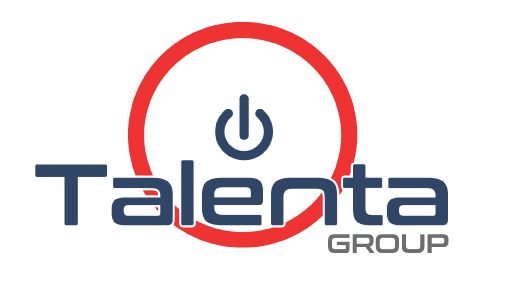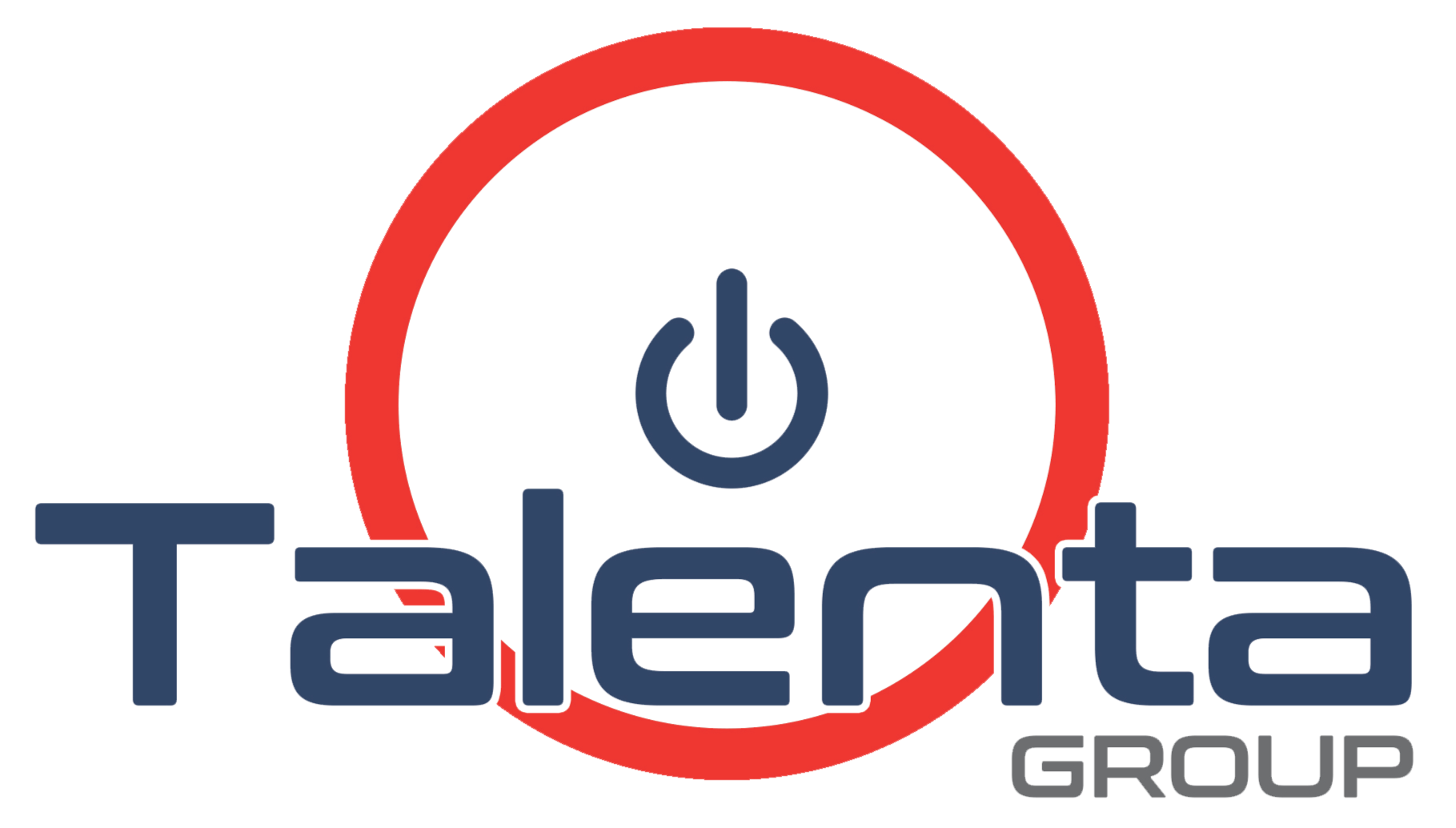How to Build an Inclusive and Engaged Workforce
Building an inclusive and engaged workforce isn’t just a moral imperative; it’s also a business advantage. Research shows that companies prioritizing diversity and inclusion are more innovative, have higher employee satisfaction, and outperform their competitors. But fostering inclusivity and engagement requires intentional effort and ongoing commitment. Here’s how to create a workplace where everyone feels valued, respected, and empowered to thrive.
1. Define and Commit to Your Inclusion Goals
Inclusion starts with clear goals and a commitment from leadership.
• Assess Your Current State: Conduct surveys, focus groups, and audits to understand your organization’s inclusivity levels.
• Set Measurable Objectives: Define actionable goals, such as increasing diversity in leadership or creating employee resource groups (ERGs).
• Embed Inclusion in Company Values: Make inclusion a core part of your mission and integrate it into every aspect of your business.
2. Educate and Train Your Team
Creating an inclusive workplace requires understanding and awareness at all levels of the organization.
• Provide DEI Training: Offer ongoing diversity, equity, and inclusion (DEI) training to help employees recognize and overcome unconscious biases.
• Foster Cultural Competency: Equip teams with the skills to collaborate effectively across diverse backgrounds.
• Promote Allyship: Encourage employees to actively support colleagues from underrepresented groups.
3. Create a Safe and Inclusive Environment
People perform their best when they feel safe and valued.
• Implement Anti-Discrimination Policies: Ensure your policies explicitly prohibit discrimination and harassment.
• Encourage Open Communication: Create channels where employees can voice concerns or share ideas without fear of retaliation.
• Celebrate Differences: Recognize cultural holidays, host events that highlight diverse perspectives, and celebrate the unique qualities each employee brings to the table.
4. Build Diverse Teams
Diversity within teams fosters creativity, innovation, and better problem-solving.
• Revise Hiring Practices: Use inclusive job descriptions and eliminate bias in resume screening by leveraging AI tools or structured assessments.
• Expand Your Talent Pool: Partner with organizations that focus on underrepresented groups, attend diverse job fairs, and offer internship opportunities to a broader audience.
• Promote Internal Mobility: Develop career advancement programs for employees from diverse backgrounds.
5. Foster Employee Engagement
Engaged employees are more productive, loyal, and willing to go the extra mile.
• Provide Growth Opportunities: Offer training, mentorship, and pathways for career advancement.
• Recognize Achievements: Celebrate individual and team successes regularly.
• Encourage Work-Life Balance: Provide flexible working arrangements and robust wellness programs to support employee well-being.
6. Leverage Employee Resource Groups (ERGs)
ERGs create spaces for employees to connect and support one another.
• Support ERG Formation: Encourage employees to form groups based on shared interests, identities, or experiences.
• Provide Resources: Offer funding, meeting spaces, and access to leadership for ERGs to thrive.
• Incorporate ERG Insights: Use feedback from these groups to shape policies and initiatives.
7. Measure and Adjust Your Efforts
Inclusivity and engagement are ongoing processes that require regular evaluation.
• Track Key Metrics: Monitor diversity statistics, employee engagement scores, and retention rates to gauge progress.
• Gather Feedback: Use surveys, interviews, and focus groups to learn from employees’ experiences.
• Refine Strategies: Continuously adapt your initiatives based on data and feedback.
8. Lead by Example
Inclusion starts at the top.
• Cultivate Inclusive Leaders: Train managers and executives to lead with empathy and inclusivity.
• Be Transparent: Share your company’s progress on inclusivity goals with employees and stakeholders.
• Model the Behavior You Want to See: Leaders should exemplify respect, understanding, and open-mindedness.
Conclusion
An inclusive and engaged workforce doesn’t happen overnight, but the rewards are well worth the effort. By prioritizing inclusivity and fostering a culture of engagement, your organization can unlock the full potential of its talent and create a workplace where everyone feels empowered to contribute.
Ready to build a workforce that thrives on inclusion and engagement? Talenta Group can help you find and retain diverse talent to strengthen your organization’s future. Contact us today!



